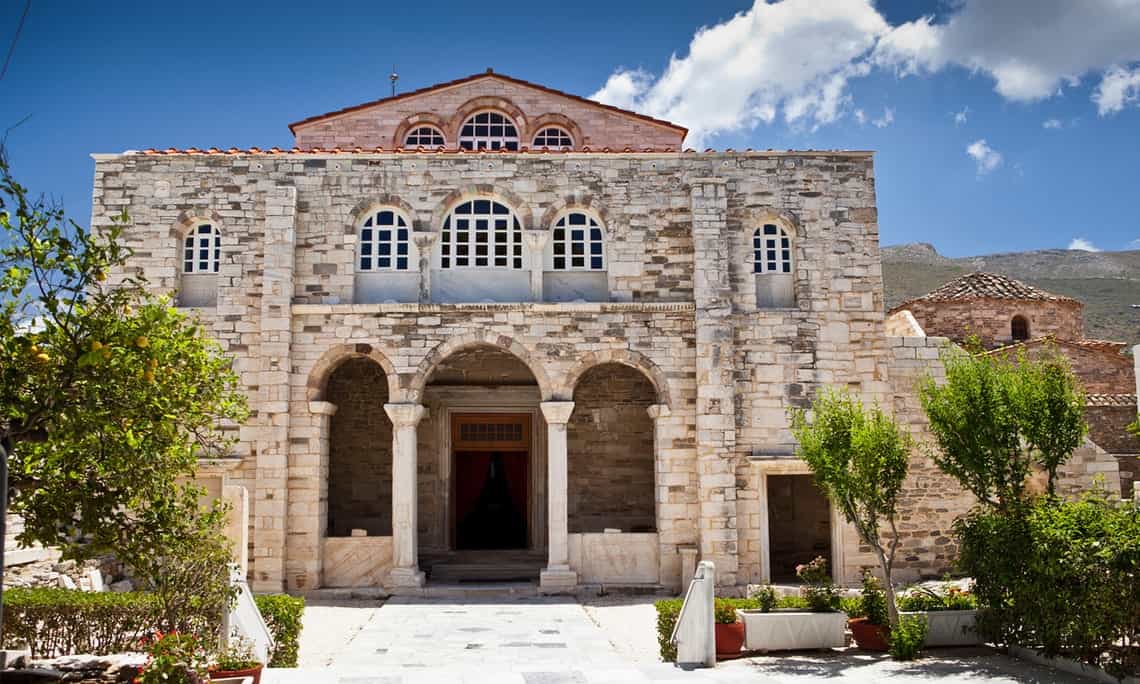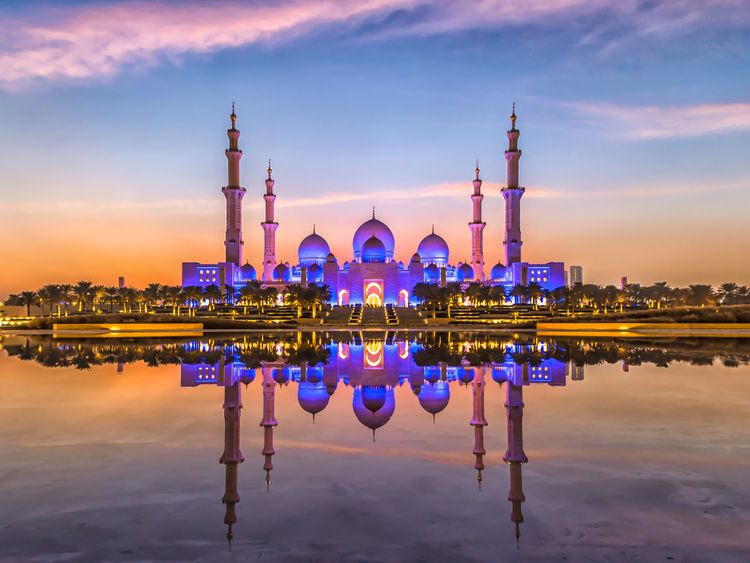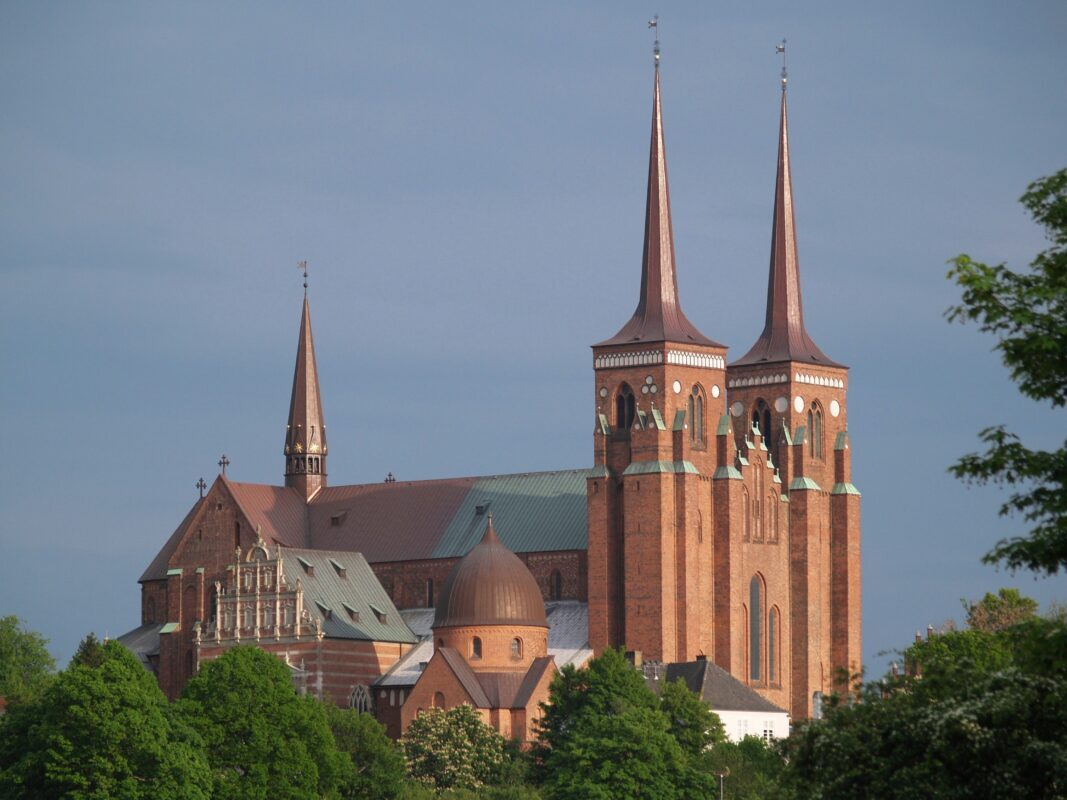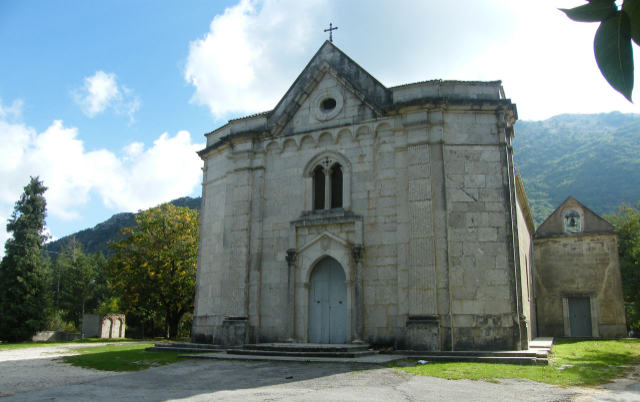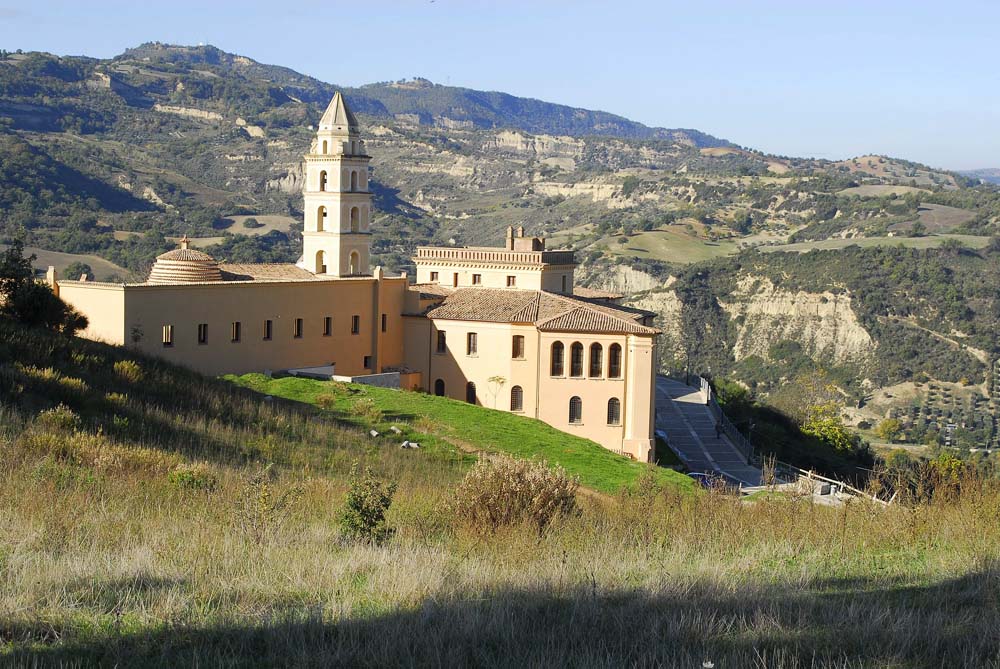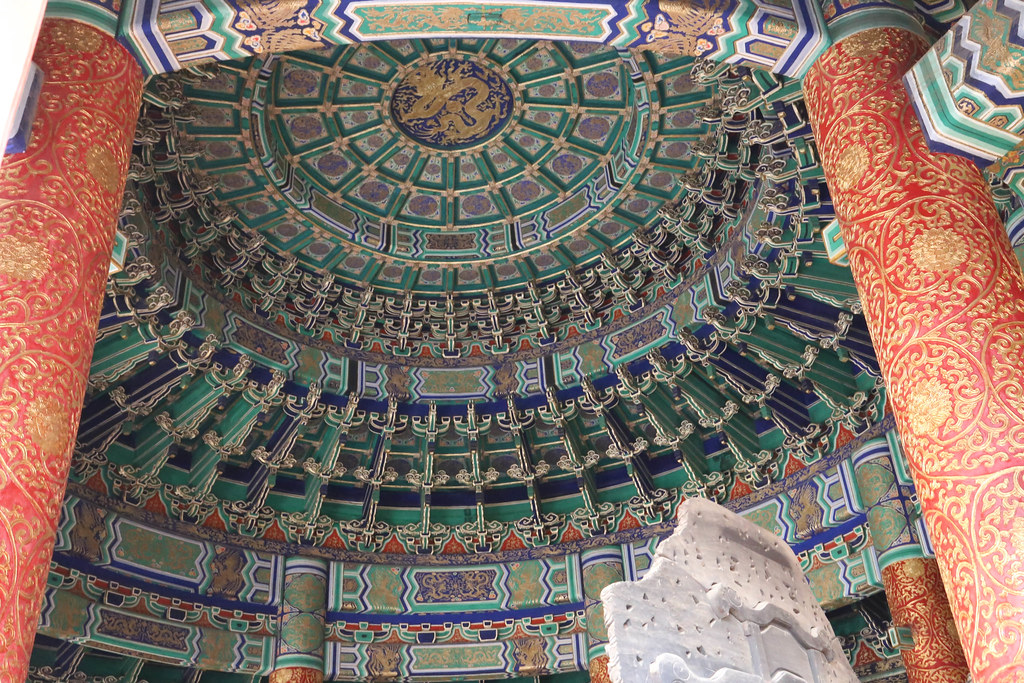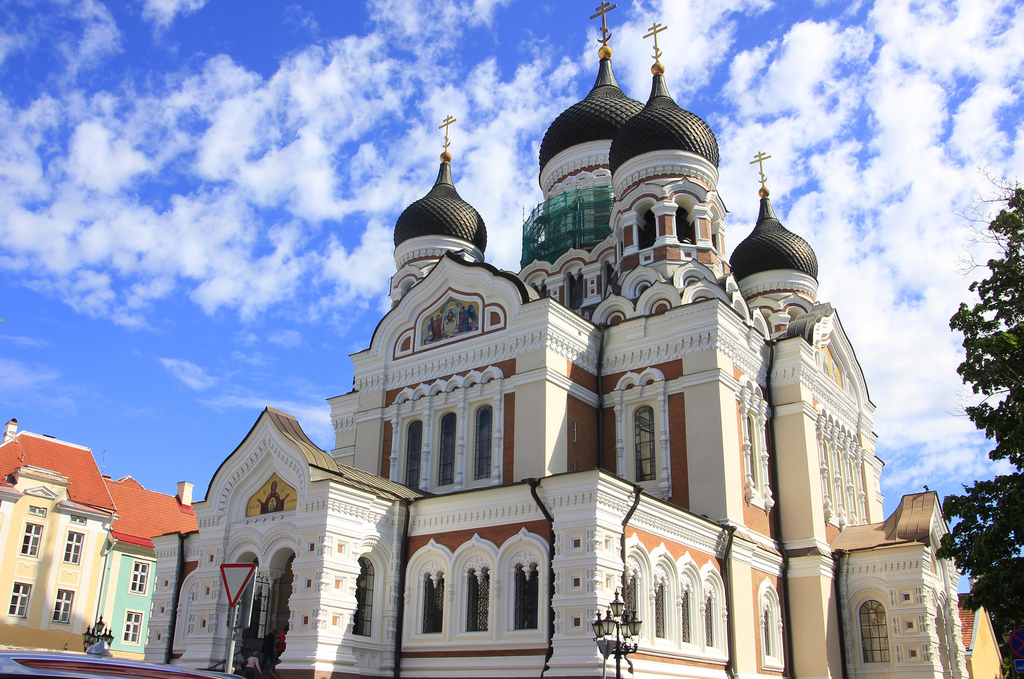The church of Paroikia known as Panagia Ekatontapyliane (which in Italian becomes "church of the 100 doors" or also "Our Lady of the 100 doors" of Paros), or also Katapoliane, is undoubtedly one of the most important Christian monuments of the Cyclades. It is located in the centre of Paroikia in Paros, and is definitely worth a visit. The charm of this church is in its simple and essential lines. The legend reported by all guidebooks is that this church was founded by Flavia Julia Helena, the mother of Emperor Constantine I, when she stopped in Paros in 326 AD on her way to Jerusalem in search of the Holy Cross. More elaborate versions add a storm to which Helen had escaped before arriving in Paros, and the reason for the foundation then due to thanksgiving for having come out alive. Other variants report that Helen decided to build a large church, but then left the task to her son Constantine.
The original structure was a church with three naves, built on the remains of an ancient building, probably a gymnasium. The baptistery should date back to the same period of construction as the original church. A later expansion should date back to the time of Emperor Justinian I, who replaced the original roof with a new one and added the dome. The church is also known as the "Saint Sophia of the Aegean".
The church was originally dedicated to the "Dormition of Mary" (according to the Catholic Church, Mary did not die, but only fell into a deep sleep and was then assumed into heaven).
From the 16th century the church was referred to as Katapoliane (meaning "near the centre" of the city) then corrupted into Ekatontapyliane (meaning "of the hundred gates") without any real connection with the church. In antiquity the only reference to the hundred gates has nothing to do with Paros and this church: Homer refers to Thebes as the city of a hundred gates. In particular this church does not have a hundred gates at all.
The original structure had three naves covered by a wooden roof, then enlarged and covered in masonry under the emperor Justinian. On the sides of the naves there are several chapels, of which the oldest and most important is the chapel of St. Nicholas (bottom left).
In the original construction and subsequent restoration and enlargement, many ancient elements and marbles have been re-used: columns and architraves from the Hellenistic period, as well as part of the altar, and two columns and a mosaic survive from the Roman gymnasium on which the church was built. Another Roman mosaic representing the Labours of Hercules, also from this gymnasium, is now on display at the Archaeological Museum of Paros.
The oldest frescoes are those preserved in the baptistery, and date back to the XI-XII century AD.
